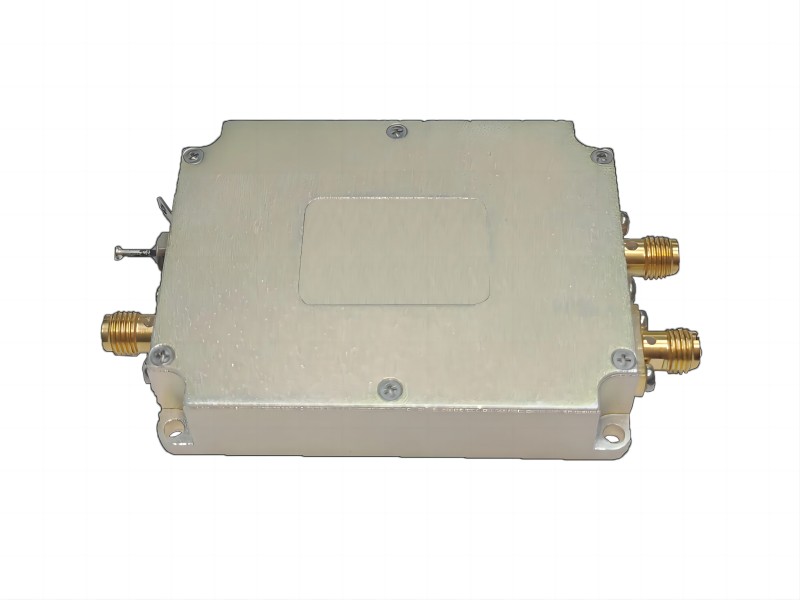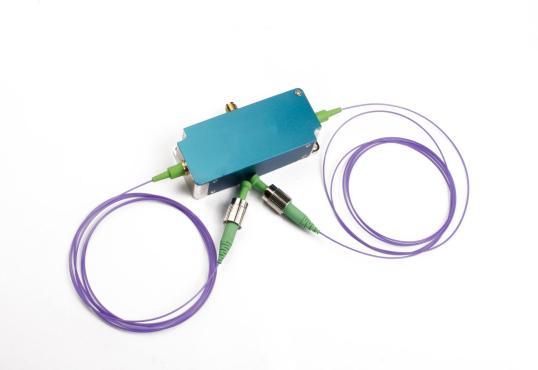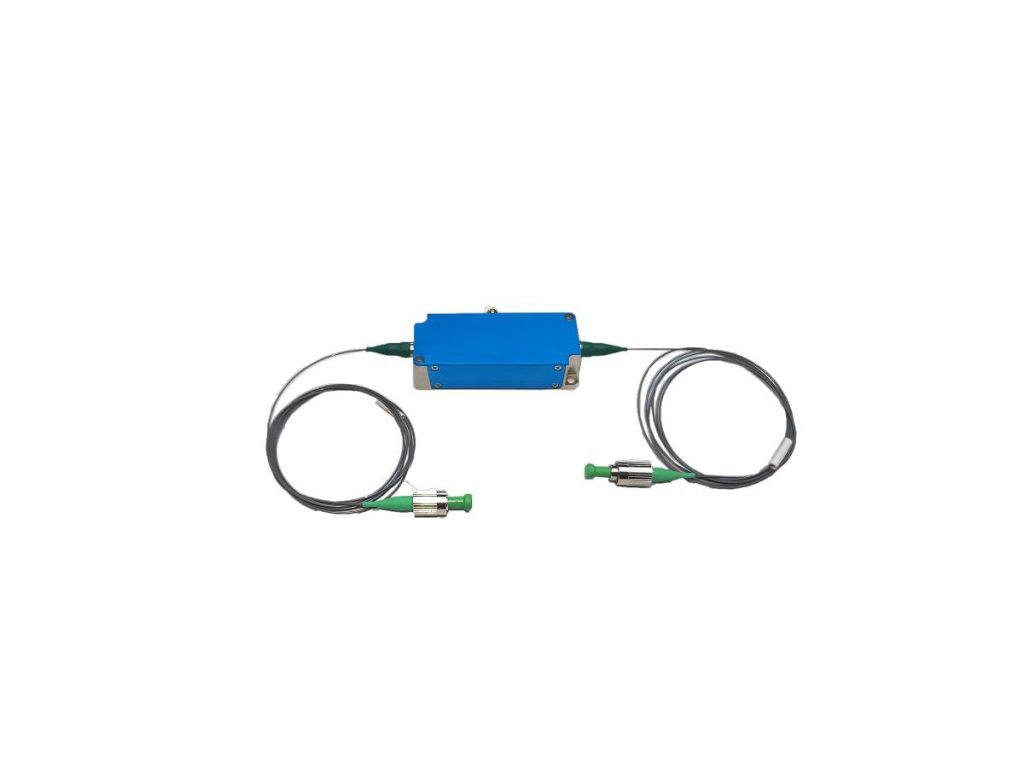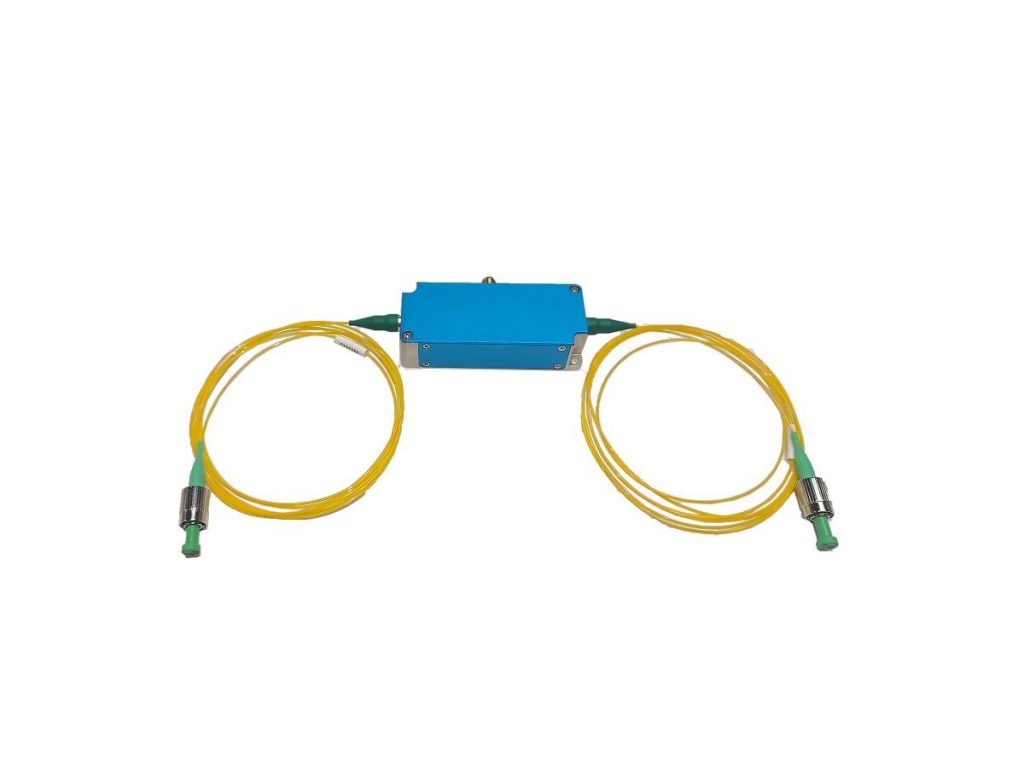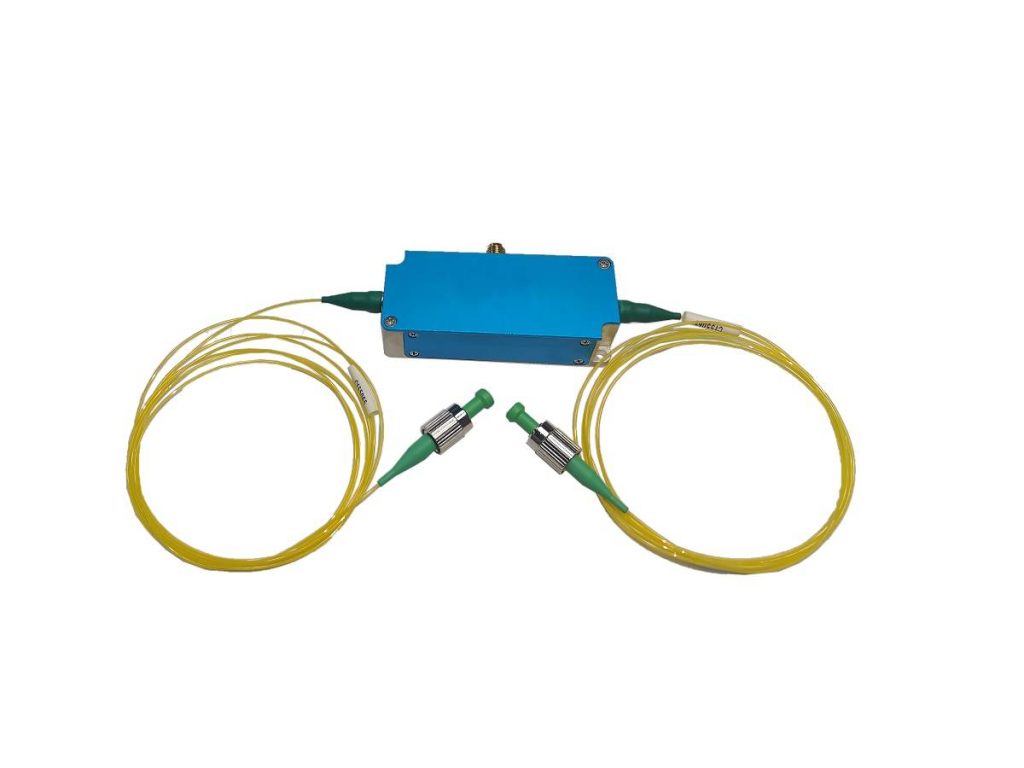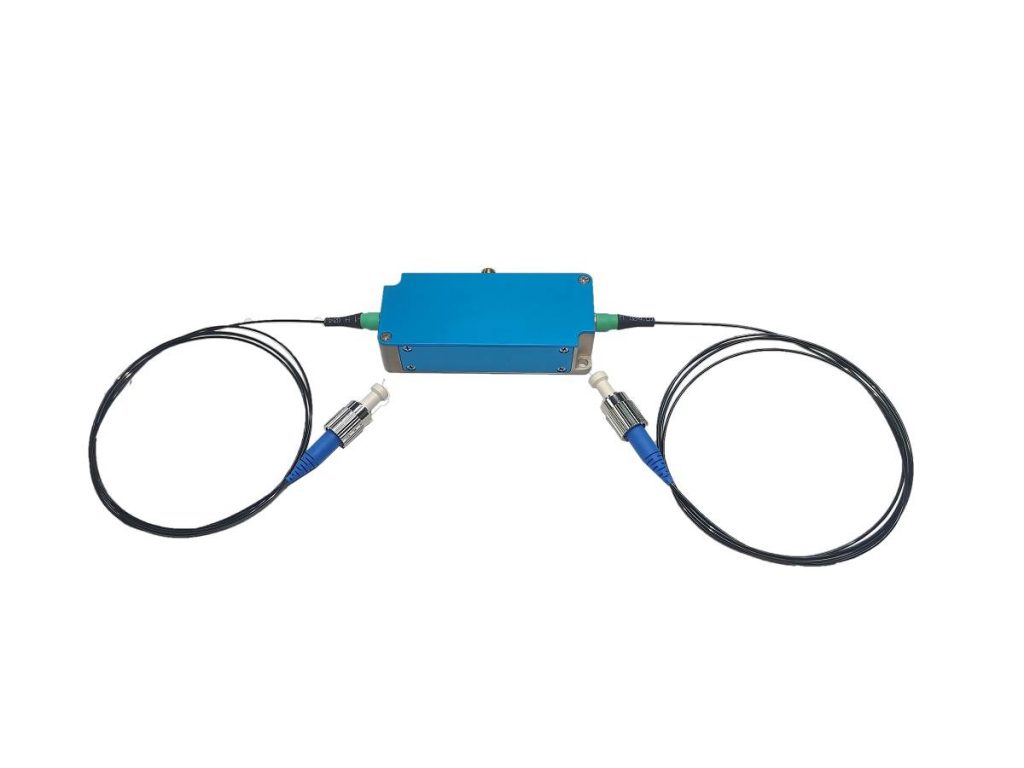How Acousto-Optic Drivers Enable Ultra-Fast Laser Beam Steering
Laser beam steering technology is essential in numerous fields, from LiDAR and laser printing to biomedical imaging and communications. Of the various available approaches, AO beam steering stands out for its ultra-fast response times and precision; its hallmark lies in the use of AOMs (Acousto-Optic Modulators) with drivers that enable rapid yet controllable deflection of laser beams.
Fundamentals of Acousto-Optic Beam Steering
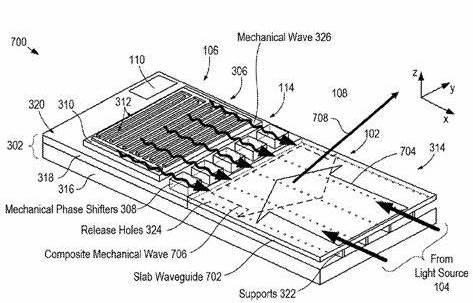
Acousto-optic (AO) beam steering relies on the interaction between sound waves and light in a transparent crystal, such as tellurium dioxide (TeO₂). When an RF signal from an acousto-optic driver is applied to a piezoelectric transducer attached to the crystal, it generates high-frequency acoustic waves. These waves create a periodic refractive index variation, acting like a moving diffraction grating for incoming laser light.
Under the Bragg diffraction regime, the laser beam is deflected at an angle determined by the acoustic wave’s frequency. By rapidly adjusting the RF frequency, the deflection angle changes almost instantaneously, enabling inertia-free, microsecond-speed beam steering. The diffraction efficiency depends on the RF power, while the steering precision is controlled by the driver’s frequency stability.
Unlike mechanical systems, AO steering has no moving parts, allowing for ultra-fast, wear-free operation. This makes it ideal for applications requiring high-speed laser modulation, such as LiDAR, laser printing, and optical switching. The acousto-optic driver’s ability to precisely tune RF signals is key to achieving rapid and repeatable beam positioning.
Role of Acousto-Optic Drivers in Beam Steering
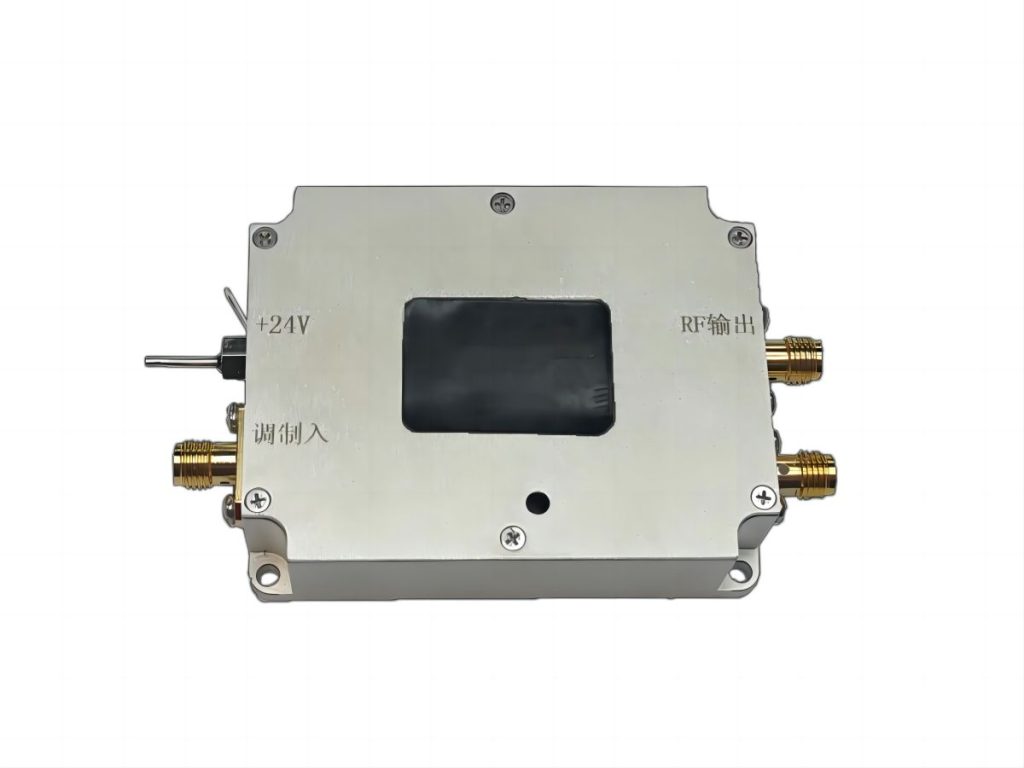
While an AOM deflects laser beams physically, an AO driver acts as its electronic heart to determine its performance and speed up and stabilize laser beam deflection in advanced applications. Without an experienced and high-quality driver in place, even an excellent AOM crystal would fail to meet speed, stability and accuracy requirements for advanced use cases.
How AO Drivers Transform RF Signals into Optical Control Solutions
1. Dynamic Frequency Agility
AO drivers allow dynamic frequency agility by offering real-time frequency tuning that enables quick laser beam angle changes almost instantaneously, by tuning between 10MHz to 500MHz for accurate angular control without mechanical delays.
2. Power Stability for Consistent Diffraction Efficiency
The driver’s RF amplifier must maintain stable power output—any fluctuation directly impacts diffraction efficiency, leading to inconsistent beam intensity. Advanced drivers incorporate automatic gain control (AGC) to compensate for power drift, ensuring uniform performance.
3. Phase Coherence and Signal Purity
Jitter and phase noise in an RF signal can wreak havoc with beam pointing instability for applications like LiDAR and optical communications, necessitating low noise oscillators with precision filters in order to minimize distortion in order to provide consistent beam tracking stability. High-end drivers use low noise oscillators with precise filters in order to minimize signal distortion as much as possible.
4. High-Speed Modulation Capabilities
Laser printing or optical switching applications demand drivers with nanosecond-scale modulation capability; pulse-controlled drivers provide burst mode operation enabling rapid switching on/off of diffracted beam.
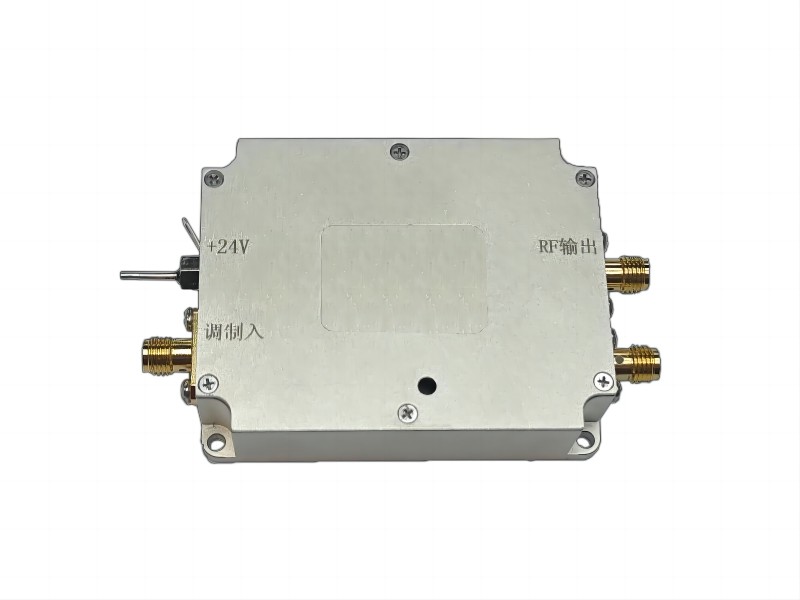
Why Driver Design Directly Impacts System Performance
- First, the performance of an Acoustic Optic Beam Steering system depends heavily upon its driver. Key restrictions to its functionality are frequency bandwidth–if its output cannot generate sufficient frequencies, its maximum beam deflection angle will be limited and ultimately restrict system scanning range.
- Furthermore, thermal management must also be managed effectively as high power signals produce significant heat that must be dissipated quickly or else result in performance deterioration or even damage over time for both driver and AOM components.
- Modern AOM drivers feature digital control interfaces to facilitate seamless integration into automated systems. Programmable settings for frequency, amplitude and modulation enable precise real-time adjustments of frequency, amplitude modulation levels, allowing precise laser steering applications at high speed with pinpoint precision accuracy. Poor driver design results in instability, reduced efficiency, and slower response times–compromising its potential and ultimately undermining its ability.
In essence, the AO driver is not just a signal generator—it’s the brains behind the beam steering process, determining how quickly, accurately, and reliably the laser can be redirected. Without optimized driver electronics, even the best AOM would operate far below its potential.
Key Components of an AOM Driver for Beam Steering
To achieve ultra-fast and precise laser beam deflection, an acousto-optic modulator (AOM) driver relies on several critical subsystems. Below is a breakdown of its essential components and their functions:
| Component | Function | Impact on Performance |
| RF Signal Generator | Produces a stable, tunable high-frequency signal (10MHz to 500MHz range). | Determines beam deflection angle; frequency stability ensures accurate positioning. |
| Power Amplifier | Boosts the RF signal to drive the piezoelectric transducer efficiently. | Insufficient power reduces diffraction efficiency, weakening the deflected beam. |
| Modulation Circuit | Controls amplitude (intensity) and frequency (angle) in real time. | Enables dynamic beam shaping and high-speed switching for rapid scanning. |
| Impedance Matcher | Maximizes power transfer between the driver and AOM transducer. | Improves energy efficiency and prevents signal reflections that could distort the beam. |
| Thermal Regulation | Manages heat dissipation from high-power RF components. | Prevents thermal drift, ensuring long-term stability and preventing damage to the AOM. |
| Digital Interface | Allows software control (e.g., USB, Ethernet) for automated tuning. | Facilitates integration with external systems for programmable beam steering. |
Each component must be optimized carefully in order to provide low latency, high precision, and reliable operation – essential qualities in applications like LiDAR, laser processing, and communications.

Applications of AO-Driven Laser Beam Steering
The ability to direct laser beams with microsecond speed is what makes acoustooptic (AO) steering essential in areas where speed and precision are essential. Here are a few of its most well-known applications:
- High-Speed Laser Material Processing: In the fields of laser cutting and drilling, as well as micromachining, AO deflectors allow for rapid beam placement with no mechanical inertia. This permits intricate patterning at speeds that are unmatched, particularly in the electronics industry, where precision is crucial.
- Advanced Biomedical Imaging Systems: Confocal microscopes and optical Coherence tomography (OCT) systems rely on AO steering to enable high-resolution, real-time imaging of tissues in biological systems. Its non-mechanical operation eliminates vibration artifacts, crucial for delicate medical diagnostics.
- Next-Generation Optical Communications: Fiber-optic and free-space optical networks rely on beam steering by AO for ultrafast signal routing. The technology’s ability to change beam directions with nanosecond speed guarantees minimal latency for data transmission, which makes it perfect for high-bandwidth applications.
- Scientific Research & Spectroscopy: In time-resolved optical spectroscopy and studies on cooling of lasers, researchers use AO deflectors to achieve precise beam control and tuning of wavelengths. Its speedy response is vital for capturing changes in the physics field as well as chemistry research.
In removing moving parts and delivering kHz-to-MHz reduction rates, AO steering will continue to expand the limits of what’s possible in the photonics-driven industry. Its speed and reliability guarantee it will remain a foundational technology for applications that require precision and agility.
Wrapping Up
Acousto-optic beam steering, powered with the latest AO drivers, delivers unbeatable speed and accuracy in laser deflection. Through the use of RF-controlled diffraction, this technology is superior to mechanical options for applications that require microsecond response times.
In the years that LiDAR and laser processing, along with optical technology, continue to improve and become more efficient, the need for AO drivers with high performance will only increase. For medical, industrial, or defense purposes, ultra-fast eam steering that is ultra-fast remains the foundation of modern photonics.
Are you considering the integration of AO beam steering into your system? Make sure you choose the highest-frequency, low-noise driver for the best performance.
Contact SMART SCI & TECH to get more details and options regarding the Acousto Optic Driver!

